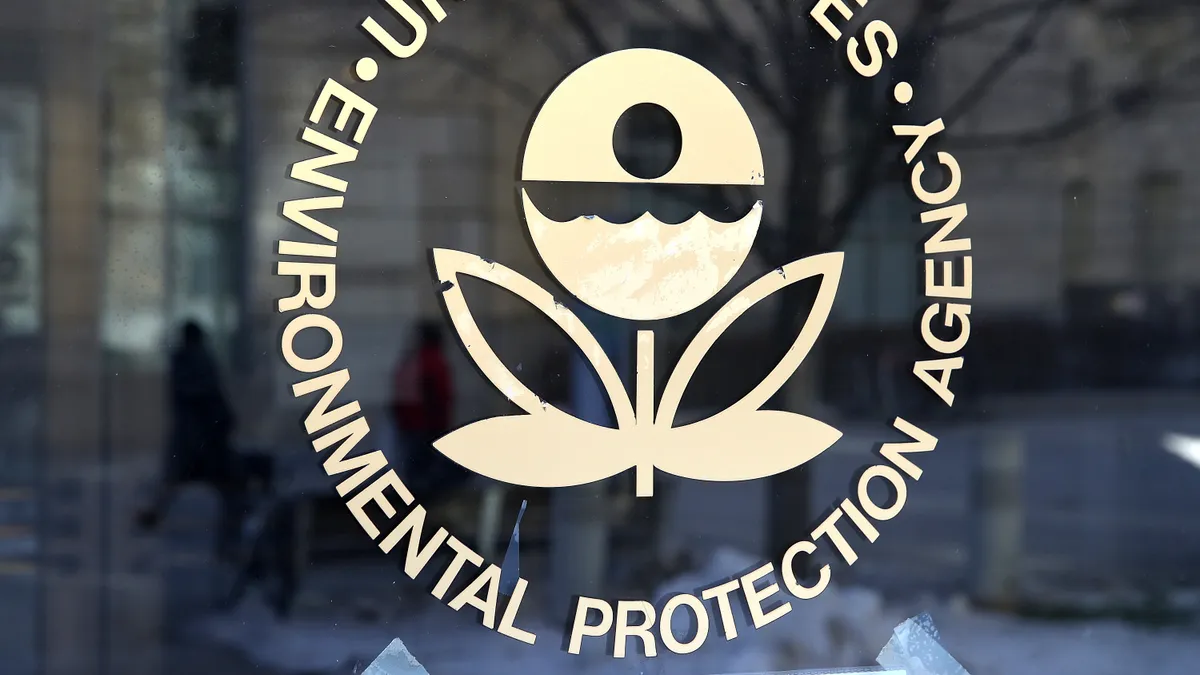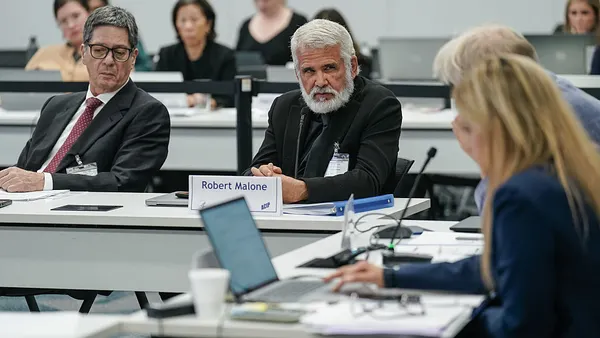Dive Brief:
- The U.S. government has signed a consent decree that requires the Environmental Protection Agency to adopt a final rule on commercial sterilization standards by March 1.
- Multiple groups filed a lawsuit late last year that accused the EPA of failing to “review and revise the air toxics standards for commercial sterilizers.” The EPA has since proposed stricter rules on the release of the toxic chemical ethylene oxide but has yet to finalize the new rules.
- The consent decree, which was released for comment earlier this year, ties the EPA to finishing the rulemaking process by March 1. A medtech trade group called the deadline “inadequate” for the EPA to complete the “substantial” work that remains.
Dive Insight:
Five groups sued the EPA late last year on the grounds that 16 years had passed since the EPA released ethylene oxide emissions standards for sterilization facilities. Citing legislation that requires the EPA to review and revise standards “no less often than every 8 years,” the plaintiffs pushed to make the agency release new air toxic standards “as expeditiously as possible.”
The lawsuit resulted in a consent decree that the EPA released for consultation earlier this year. Having collected feedback, the U.S. government has signed the decree, which requires the EPA to sign a final rule including all “necessary” revisions by March 1.
An extension is possible, but only “by written stipulation of the parties with notice to the court” or “by the court upon motion by EPA for good cause,” according to the decree. A lapse in EPA funding in the 120 days before the deadline could also trigger an extension. The EPA’s proposed rule has an 18-month transition period, suggesting the industry will need to install pollution controls by Sept. 1 2025.
The medtech industry has concerns about the timeline and the emissions targets that EPA wants to set. Commenting on the draft consent decree, the Medical Device Manufacturers Association (MDMA) said the deadline is “inadequate” because there is “substantial analysis, regulatory drafting, and interagency policy coordination to complete” and “inappropriate since it is not an efficient use of administrative and judicial resources.” MDMA said the agency needs more than 18 months to address public comments.
Under the consent decree, the EPA will have eight months from the end of the comment period to sign a final rule. The draft rule has proven divisive, with the medical device industry warning the proposals may reduce total capacity for sterilization facilities by 30% to 50% per site and occupational health groups praising the protection the policy will provide to workers and community members.









